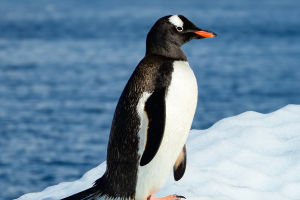Hi Lykkers! Pelicans, with their impressive wingspan and unique bill, are among the most recognizable and intriguing birds for enthusiasts and bird watchers alike. Let's exploring their habits, habitats, and the distinctive features that make them a subject of admiration and curiosity in the avian community.
Pelican are well known for their elongated bill and a large throat pouch used for catching prey and draining water from the scooped up contents before swallowing. These birds are found near rivers, lakes, and seaside across the world and are as much at home in the hemisphere’s temperate zones as they are in tropical locales.
Habitat and Behavior
Pelicans favor coastal regions where they can feast on a plentiful supply of fish. Some species are migratory and travel great distances between breeding and feeding areas, while others are resident birds. During breeding season, pelicans are particularly social birds, forming large colonies on isolated coastlines or islands where food is abundant and predators are few.
Diet and Hunting
The diet of pelicans primarily consists of fish, though they are opportunistic feeders and may also consume amphibians and crustaceans. A group of pelicans will often work together to herd fish into shallow waters for easier feeding. They scoop up fish in their expansive bill pouches, drain out the water, and swallow their catch head first.
Conservation Status
While some pelican species are plentiful, others face threats from habitat destruction, pollution, and changing climate conditions that affect water levels and fish populations. Conservation efforts are crucial in monitoring pelican populations and ensuring that these magnificent birds can thrive. Educational programs and protected areas are integral to the preservation of their natural habitats.
Fascinating Facts
Firstly, pelican are among the oldest groups of birds, with fossil records dating back at least 30 million years. Second, despite their heavy appearance, pelicans are very buoyant due to air pockets in the skeleton and beneath the skin, helping them float effortlessly. Lastly, The pelican’s famous throat pouch can hold up to three times more than its stomach can, a feature that is vital during feeding frenzies.
In Popular Culture
Pelicans have been a part of human culture and mythology for centuries. They are often symbols of generosity and selflessness in folklore because of an ancient myth that pelicans would wound themselves to feed their young with their blood.
Pelicans, with their social nature and dramatic feeding techniques, continue to fascinate and inspire bird lovers around the world. Their survival challenges underscore the importance of conservation and respectful cohabitation with wildlife. For anyone passionate about birds, witnessing a pelican in flight or expertly fishing is a truly unforgettable experience. Enjoy the majestic dance of the pelicans, Lykkers!


